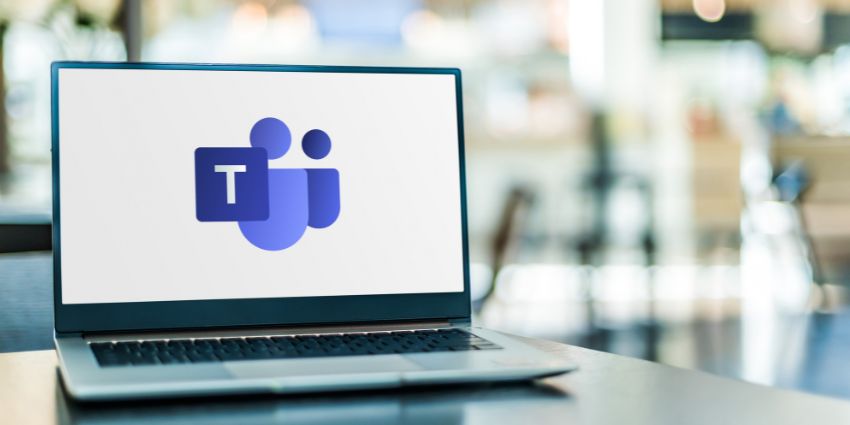Microsoft is rolling out a Windows‑client update in January 2026 that introduces a dedicated child process, ms‑teams_modulehost.exe, which runs alongside the main ms‑teams.exe.
This new process will manage audio, video, and other calling tasks – while the main application continues handling chats, file sharing, and other routine functions.
Users won’t find any visible changes to the interface or workflows, but open Task Manager and you’ll see the new process under the main Teams entry.
The change reflects a behind‑the‑scenes effort to better manage system resources during calls and meetings, especially in organisations with heavy usage.
Analysts note that isolating resource‑heavy components is a common pattern in enterprise software design: it reduces conflicts, clarifies resource consumption, and can lead to more stable performance under load.
What It Means for IT Teams
For most end users, nothing will change directly – but IT and support teams should prepare.
Security and endpoint‑management software must be updated to allowlist ms‑teams_modulehost.exe, preventing the new process from being blocked or flagged as suspicious.
Support staff should be briefed so that seeing the new process in Task Manager isn’t treated as an error or malware.
Internal documentation referencing Teams processes should be updated accordingly.
For larger organisations, the change could have deeper implications.
Separating the calling stack may alter how CPU and memory usage are reported, especially when multiple Teams sessions run concurrently.
Troubleshooting, performance monitoring, and system maintenance may need adjustments.
On the upside, it may become easier to apply patches or updates to call‑related components independently of the main application, which could simplify long‑term maintenance.
A Year of Broad Teams Enhancements
2025 has been a busy year for Teams, with a number of updates that go beyond core calling functionality. These changes add useful features across collaboration, accessibility, security and automation – and they provide a useful backdrop to the upcoming process‑architecture update.
- Intelligent Recaps and Meeting Enhancements: Since March, Teams has offered AI‑generated meeting recaps for events, webinars and town halls – delivering automatically generated notes, name mentions, tasks and more.
- Better Chat & Collaboration Tools: The February update added support for agents and bots in chats; useful for automating routine tasks or providing quick answers.
- Improved Scheduling and Message Tools: Users gained the ability to schedule messages in channels, control when messages go out, and better manage team communications.
- New Workflows & Automation Options: A redesigned workflows experience rolled out enabling automation of approvals, task routing, message scheduling and other routine tasks directly within Teams.
- Enhanced Security and Admin Controls: August saw expansions in auditing capabilities – for example, detailed logs for screen‑share and “give/take control” actions, better for compliance and oversight.
- Meeting, Webinar and Room Improvements: Features like real‑time‑text (RTT), live captions pop‑outs, and improved Town‑hall functionality have made meetings more accessible and easier to manage.
- Platform Flexibility and Device Support: The 2025 updates also touched on multi‑device support, integration with third‑party tools (e.g. GitHub app improvements), and enhancements for “Rooms” scenarios – reflecting the hybrid‑work reality many organisations now operate in.
These updates show that Microsoft isn’t just making cosmetic changes or adding isolated features; it’s working on broad improvements across performance, collaboration, automation, accessibility and enterprise readiness.
The upcoming dedicated process for calls fits that pattern – a structural improvement aimed at better support for organisations who rely heavily on Teams.
What to Watch Ahead
The rollout of the dedicated call process begins in early January 2026 and should complete by month’s end across all cloud environments (Worldwide, GCC, GCC High, DoD).
Organisations should monitor official communications – especially since feature‑flag freezes at year’s end can cause timing shifts.
After deployment, IT teams should check that security and monitoring tools recognise the new process, and update documentation and support procedures accordingly.
For organisations running many concurrent calls or with large deployments, the architectural change may improve consistency and performance – but much depends on how system resources are managed, and how well external tools are updated.
In the broader context of 2025’s feature wave, this change may not grab headlines – but it complements a year of meaningful enhancements that make Teams more flexible, more secure and more enterprise‑ready.







